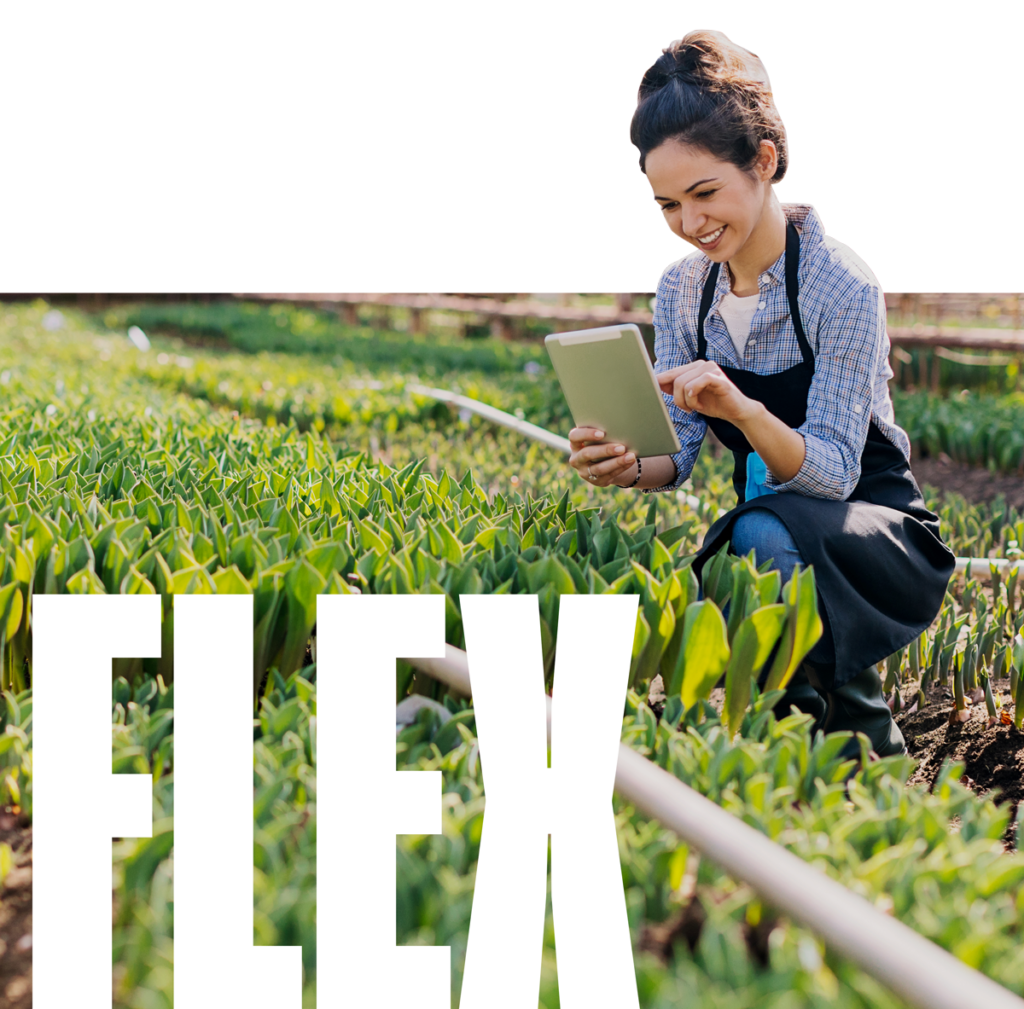
MISHA Overview
The MISHA Knee System acts as an implantable shock absorber (ISA), reducing peak forces on the knee by over 30% with every step.[1]
[1] Morgan OJ, Hillstrom HJ, Ranawat A, Fragomen AT, Rozbruch SR, Hillstrom R. Effects of a Medial Knee Unloading Implant on Tibiofemoral Joint Mechanics During Walking. J Orthop Res. 2019;37(10):2149-2156. doi:10.1002/jor.24379.

The MISHA Knee System is INTELLIGENTLY designed with patients in mind.
Placed under the skin, but outside the joint itself, in an outpatient setting, the procedure does not impose restrictions on weight bearing or return to activity.

The MISHA Knee System is a SIMPLE DECISION.
The tissue-sparing ISA requires no bone cutting and maintains the articulating cartilage surfaces of the knee, thus preserving future treatment options.
Patient Population
Patients are indicated for an ISA procedure if they suffer from medial knee OA pain and are not ready for arthroplasty.

Experience pain
that interferes with activities of daily living.
Failed to find relief
with surgical or non-surgical treatment.
Unwilling or ineligible for total knee replacement
due to age or absence of advanced arthritis.
Inappropriate selection of patients who are contraindicated for the device may result in poor outcomes, including complications or adverse reactions. Additional surgery, including implant removal or reconstruction, may be required to address some of the adverse effects.
Patient Success Stories
Giving new life to painful knees
We interviewed patients to hear what they had to say about their experience with the ISA: indications and expectations are important.
Case Study: Chuck Stenger
During the clinical study, surgeons at The Ohio State University Wexner Medical Center performed the first ISA Procedure in the U.S. on Mr. Stenger, a retired firefighter who suffered from knee pain for over a decade from progressing osteoarthritis.
- Avoided total knee replacement.
- Enabled patient to return to an active lifestyle.
- Reduced load on inner knee to increase function.
Procedure Details
The MISHA Knee System can be implanted in an outpatient setting.
Over 90% of US study participants had their procedures on an outpatient basis, with an average time from admission to discharge of roughly nine hours.

The procedure is repeatable and standardized, with consistent results.
- Standard orthopedic instruments and single-use ISA-specific instruments.
- Surgical techniques familiar to orthopedic surgeons.
- No weight bearing or range of motion restrictions required.
- No device-imposed limitations on return to activity.

